
Stephen Ornes has been writing for Science News Explores since 2008, and his 2014 story "Where Will Lightning Strike?" won an AAAS/Kavli Gold Award. He lives in Nashville, Tenn., and he has three children, who are inventing their own language. His family has a cat, six chickens, and two rabbits, but he secretly thinks hagfish are the most fascinating animals. Stephen has written two books. One is a biography of mathematician Sophie Germain, who was born during the French Revolution. The other, which was published in 2019, features art inspired by math. Visit him online at stephenornes.com.

All Stories by Stephen Ornes
-
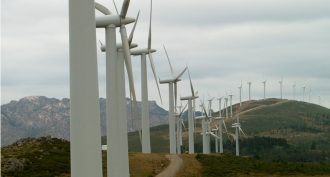 Environment
Environment‘Greener’ energy needed now, group warns
To avoid a looming environmental crisis brought on by global warming, people need to rely more on renewable energy sources. And fast. Without quick action, the world may face a harsh future, warns the latest report from the Intergovernmental Panel on Climate Change.
-
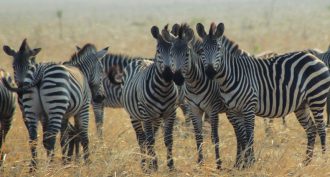 Animals
AnimalsOne plus to wearing stripes
A zebra’s black-and-white coat doesn’t offer cooling or camouflage, researchers find. Instead, its stripes appear to keep away biting flies — and deadly diseases.
-
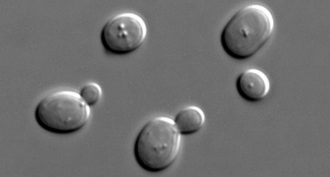 Microbes
MicrobesA success for designer life
Synthetic biologists are scientists who create custom organisms in the lab. Their efforts have just taken a big step forward. They have created the first lab-made yeast chromosome. The advance could lead to entirely synthetic organisms customized to produce food, fuel or medicine.
-
 Physics
PhysicsFilter lets in only the right light
Scientists have built a light filter that only permits light coming from one desired angle to pass through. Built from alternating layers of transparent materials, it could help minimize the glare in telescopes and cameras or boost the efficiency of solar cells.
-
 Health & Medicine
Health & MedicineThe nose knows a trillion scents
There's a long-standing claim that people can identify 10,000 different odors. But a new study suggests that people can actually identify at least 10,000 times that many scents.
-
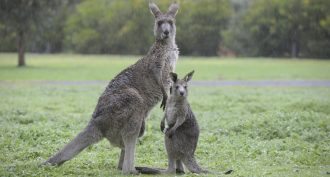 Animals
AnimalsKangaroos have ‘green’ farts
The farts and belches of these animals contain less methane than do those from other big grass grazers. Microbes in their digestive tract appear to explain the ‘roos lower production of this greenhouse gas, a new study finds.
-
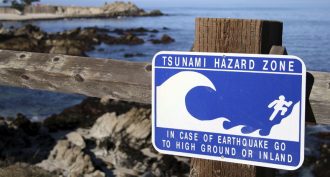 Earth
EarthExplainer: Telling a tsunami from a seiche
Waves that hit coastlines with ferocious power, tsunamis are one of the planet’s most devastating forces of nature. And seiches: They’re tsunamis little, but still potentially deadly, cousins.
-
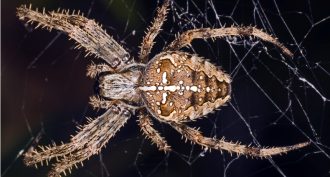 Animals
AnimalsQuieter vibes for city spiders
How much a web vibrates affects how well a spider senses when that web has captured prey. But webs attached to concrete, plastic and other artificial materials vibrate less than do those built on natural materials, such as twigs or leaves.
-
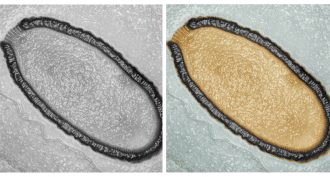 Microbes
MicrobesReturn of the giant zombie virus
Scientists have discovered a new type of virus in Siberian soils. It's the largest virus ever discovered. And guess what: It could infect cells even after 30,000 years in cold storage.
-
 Space
SpaceWaves from the birth of time
Inflation is the idea that in the split-second after the Big Bang, the universe exploded into huge-ness. Although the hypothesis is 30 years old, evidence to confirm it had been lacking. Until now.
-
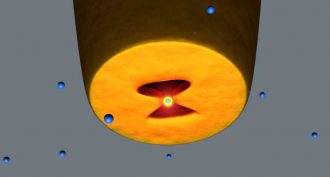 Physics
PhysicsLaser tweezers grab nano bits
An optical fiber, a bit of gold and a laser make up a new type of tweezers. Scientists may soon use it to pick up and move around individual viruses or proteins.
-
 Health & Medicine
Health & MedicineLow protein, longer life — for some
Eating less protein can lengthen life and improve health. That’s the message from new studies in mice and in people.